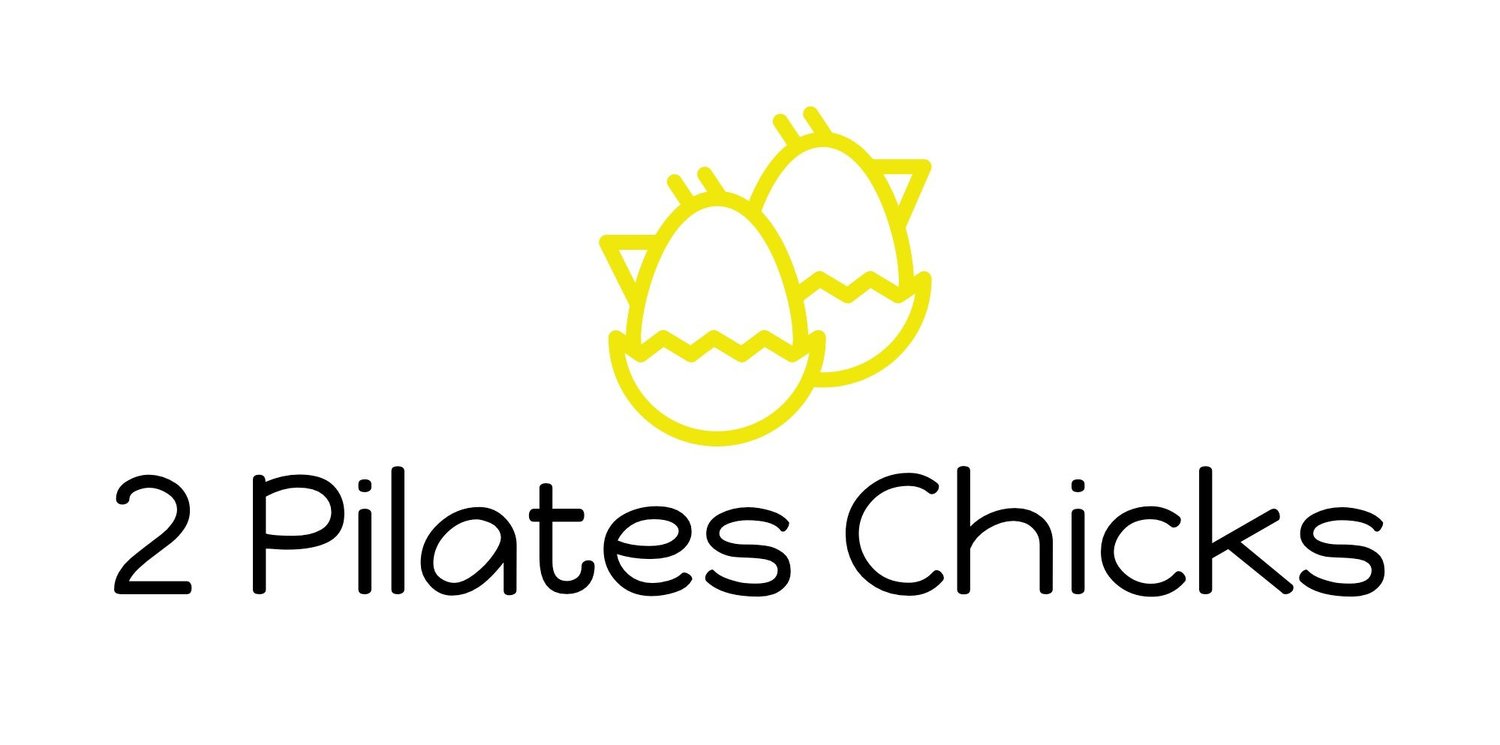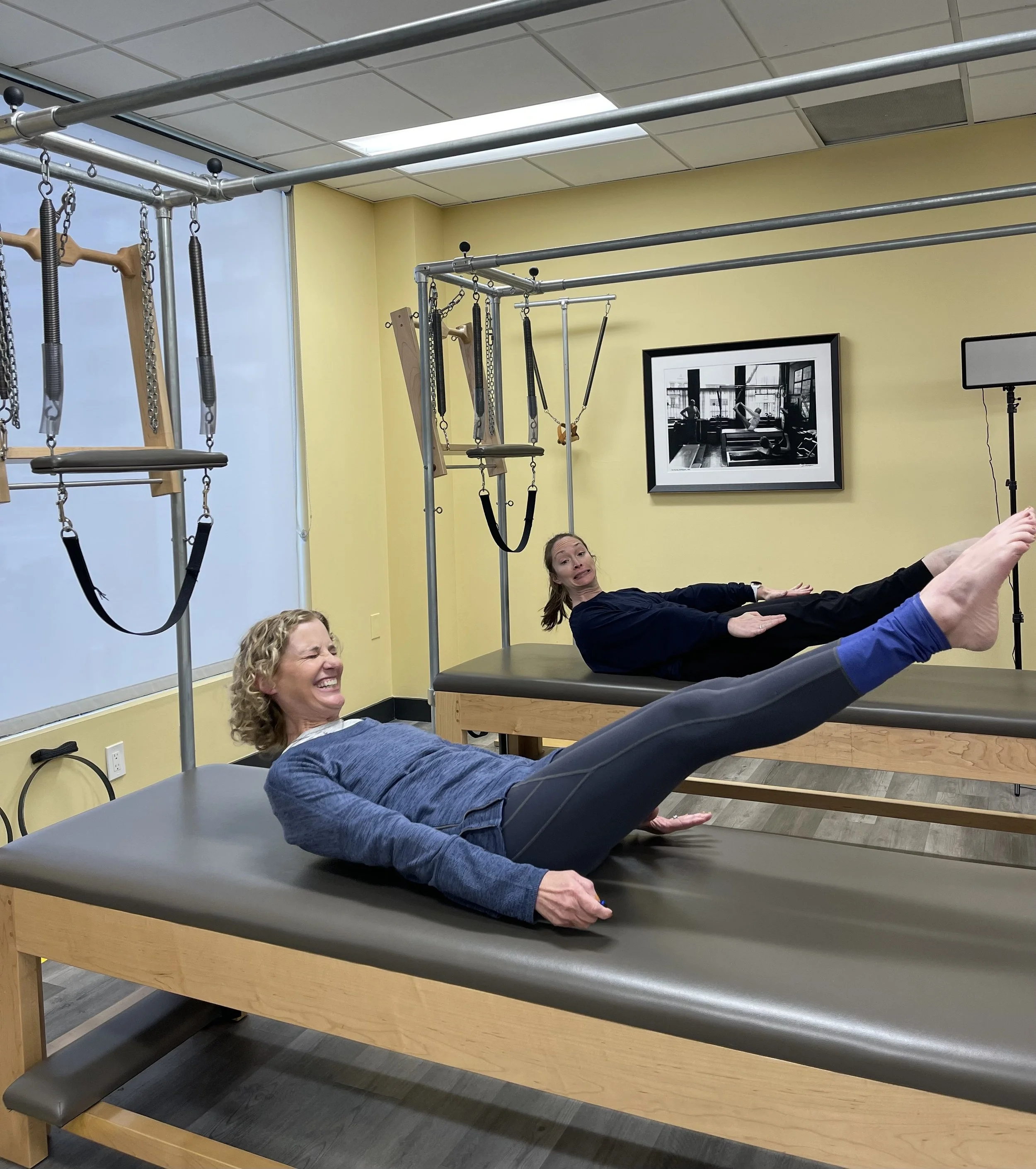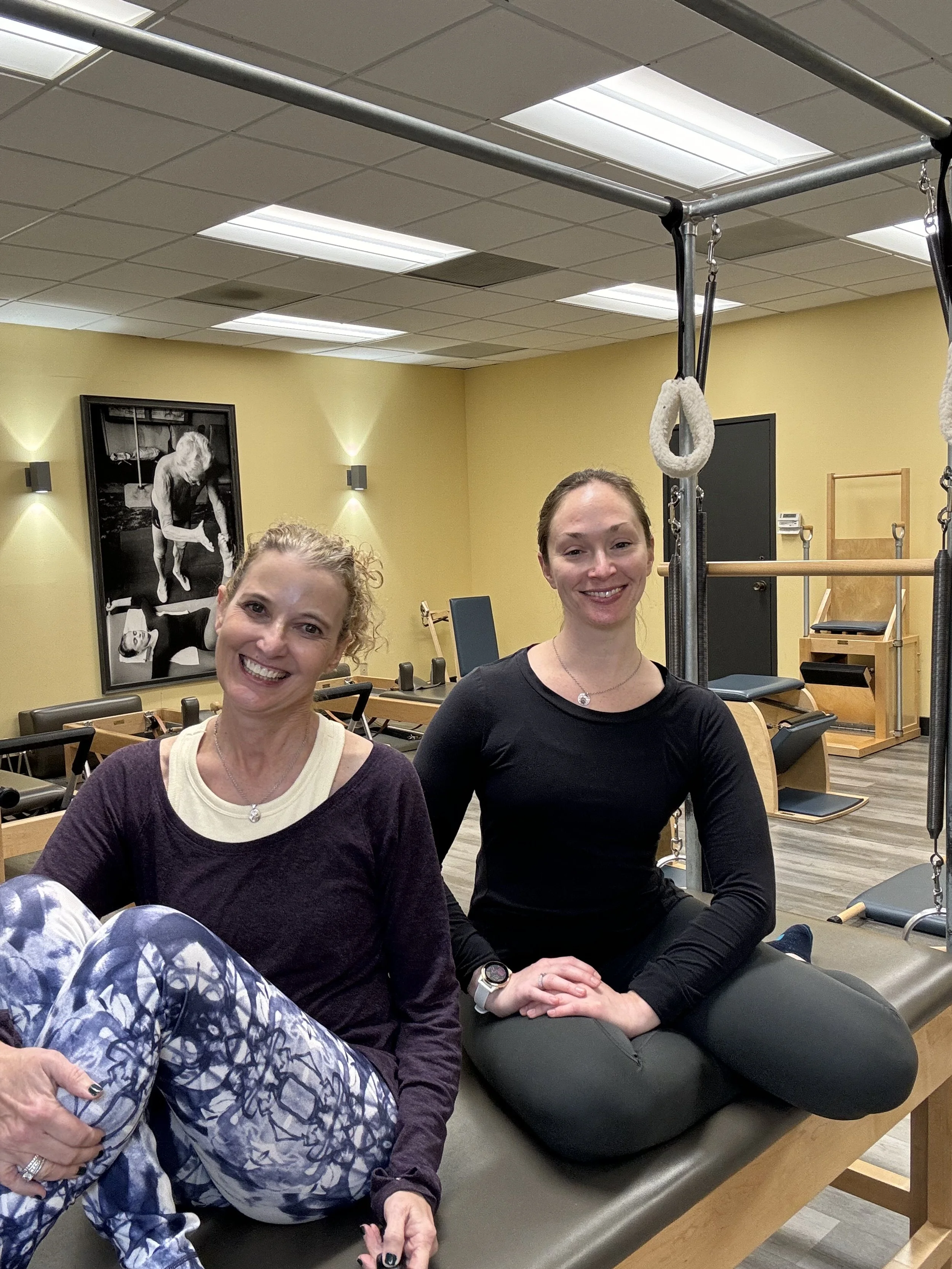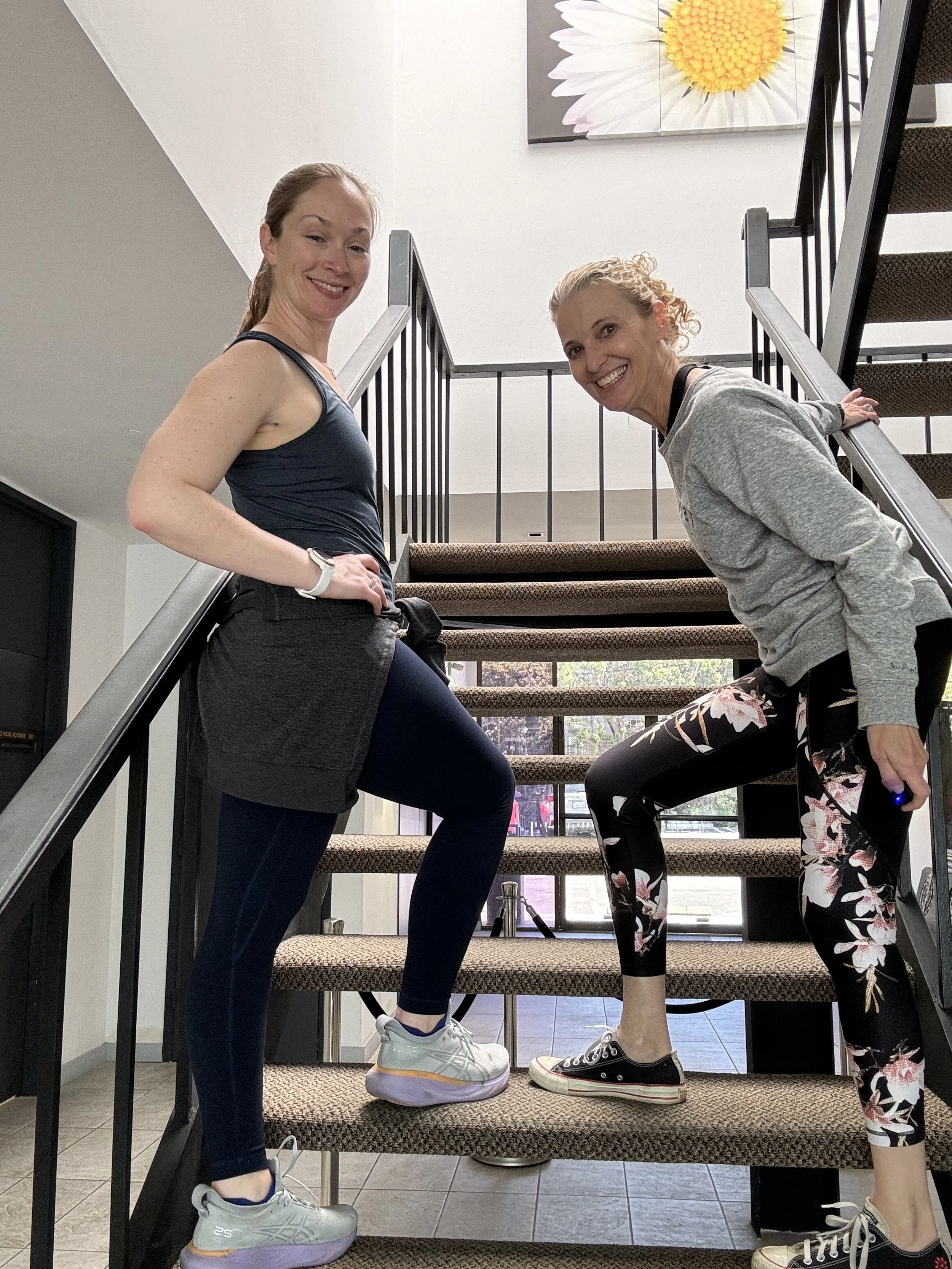Understanding the fearful client in pain
As movement teachers how do we work with a client who is afraid of movement? What makes a Pilates client fearful of moving? Is the client scared of feeling sensations and that keeps them from moving? Did the Pilates teacher put their own uncertainties onto the client so now the client is scared?
In our podcast “The Fearful Client: The Fear of Movement”, we chatted about the fear of movement and how teachers can understand where a client's fear stems from, and how to acknowledge the client's unique needs while teaching them how to overcome their fear of injuring themselves.
There are many factors that cause fear of physical sensation, movement, or pain. To someone who has never dealt with injury or chronic pain, it might seem a strange phenomenon to be afraid of movement. After all, we have to move every day throughout the day in order to do anything at all. For this reason, the fear of movement is quite negatively impactful on a person's life. When we're afraid of movement we are fearful of injuring or re-injuring ourselves, or afraid of feeling more pain. This can come from many varying factors including previous traumatic injury, a history of chronic pain, an anxious personality, and/or the inability to differentiate generalized sensation from painful stimuli.
It's important to remember that everyone has different interpretations of pain and sensations. Yet, for each client, their pain or sensation is very real to them, even if another person would experience and rate the pain level differently. As Pilates teachers, when dealing with a client in pain, we need to understand the basics of pain which is a very complex subject and extremely nuanced, varying with each client and every individual situation. We also need to acknowledge our own scope of practice and accept our own level of comfort in working with these clients.
There are some clients in Pilates who aren't used to feeling the body working. These clients often interpret the experience of the muscles working as painful and any input of physical sensation as pain. They are uncertain of the difference between sensation and pain. They may feel like they are going to damage themselves in some way that injures or re-injures them.
When it comes to fear and pain for a client, the Pilates teacher needs to understand that pain and fear are subjective. It is beneficial to explain this and help the client in understanding working muscles will not hurt themselves. However, we do not want to minimize their feelings and fears because for them the danger feels real.
It's challenging to dissociate the idea of sensation from pain and injury. Just because someone has pain does not mean they are injured, and sometimes when someone has an injury or pathology there may not be any pain. Because of this physical misrepresentation of pain, practitioners sometimes say pain is all in the brain. And while this is true, we have to be cautious about how we explain that idea to clients in order not to seem like we're saying that their pain isn't real. Even with chronic pain and centralized pain, where there is no actual tissue damage, pain is real. If someone is experiencing pain, it is real. While the experience is real, if we can help them start to move and exercise, they can begin to realize they can do much more than they think they can, that their fear is not accurate, and that they are not constrained by their pain.
When we begin working with a client who has previously experienced pain, possibly now in a cycle of chronic pain, and because of this is now afraid of movement, we must evaluate, to our best ability, the client's current capacity and determine our starting point. This means we should look at how the person moves as they walk into the studio and how they hold themselves while talking to us, where they seem physically restricted, guarded, or hesitant. Simultaneously we have to try to understand the psychological aspect of the client as well, to see how ready they are to try to move, how hesitant or fearful they may be, or if they are willing to "bump up into the pain". What does the client need to do, what do they want to do, what do they think they can and can't do, and what do they assume will injure them?
Things that can increase the experience of pain:
• The fear of movement (that certain movements will hurt us during our daily lives, that certain exercises will hurt us in the studio and create injury)
• Worrying (about the possibility of the next painful episode and how long it will last, about the results of medical imaging, about the diagnosis, about not being able to control pain)
• Avoidance behavior (avoiding things we like doing because we're afraid it will hurt or injure us)
• Depression and anxiety (anxiety around movement and the intensity of pain from an experience of a previous injury)
• Associating any physical sensation as painful stimuli (previous surgery or injury, afraid of reinjuring as it heals and changes, nerves reconnecting and becoming sensitized increasing awareness and sensation around the region, history of chronic pain episodes; old injury with lingering pain or chronic pain)
As a result of the above, the cycle of worry, fear, and avoidance creates more pain and fear. When we restrict movement out of fear or concern that we will become more injured or hurt, there is an increased likelihood of atrophy, falling, and then possible injury. Avoidance behaviors can cause or increase anxiety and depression, and stiffen and limit the body's capability. Worrying about pain increases the experience of the intensity and frequency of painful episodes and the anxiety over the pain makes it feel worse. Emotions affect our physical pain and impact what gets embedded in the nervous system. We hold embodied memories from past experiences, trauma, and injury history that are another layer in the experience of pain.
Pain and the fear of movement is a vicious cycle that can feed on itself. This is where Pilates can help pause the cycle and begin to assist the client in breaking out of it.
Each Pilates session is a time for the teacher and client to learn about the body, what the client needs, and how to improve their tolerance of movement, gradually decreasing their fear and guarding. We're creating a feeling of safety and space in the studio for each client, letting them know we are there to meet them where they need, and to push as available, but that they will not be injured.
In a private Pilates session, we can create a safe space for the client to begin to explore gentle movement that doesn't create pain. We can try to explain how sensation and pain do not necessarily mean that they're being injured or doing something dangerous, in order to begin to differentiate varying sensations of the body in movement and actual painful signals. In the studio, we must help the client learn to dissociate pain from sensation without dismissing their feelings and their experience in order to help them bring movement back into their daily life. One of the challenges in this is that pain is completely subjective. Everyone's experience of pain is different so we have to listen to how the client describes their experience without minimizing them.
Pain is in the brain. However, that doesn't mean that research is saying the pain isn't real or that it's all in our heads. Pain is real, and the experience is real, but that doesn't mean there is an injury or damage occurring in the body. The pain signal being sent by the brain may be misfiring for many of the reasons listed above. Pain is simply information, and while it acts as a warning signal, it might not be accurate. It's like a fire alarm that goes off when someone is cooking. There's no actual fire, but the sensitivity of the fire alarm might recognize the smoke as a danger.
The more the client starts to trust us and feel safe and let us guide them further in the work, their fear will subside. They will begin to realize they won't become injured in Pilates, that they will not only feel better from their sessions, but Pilates will help them improve their injury, pain, or physical restrictions.
Helping the client in understanding the difference between sensation and pain for them is a journey and can take a long time. Giving them the ability to be in the driver's seat will help them figure out their body and movement in terms of pain and fear.
Steps in building safety in the Pilates studio:
• Listening to the client and showing them you're hearing them.
• If an exercise seems to scare the client say, "That's ok, we can try a different version"
• If a client is wanting to try but is fearful say, "Let's see how this works today, and if there's discomfort we can easily work around it. You are in control."
• Initially, stay clear of what feels uncomfortable, giving the client the space to learn how to move in other ways around the fear and pain. When they start to feel more confident and safer, begin to gradually build back into certain movements.
• We're guiding the client in relearning their body, allowing them to set the pace, while compassionately encouraging them to try more than they think they can as they're able to.
• Reintegrate movement--just getting gently moving again, building trust in the process, in the body's healing ability, in the body's strength and capacity for movement and adaptation.
• Slowly integrate movement to start to trust their body that it can safely move, teaching a bit about the idea of pain to start to learn how to separate the ideas, just talking about it, giving the information without pushing it, getting it into their mind to percolate.
All of this allows the client to build trust in the teacher and trust in their body and ability, eventually assisting them in starting to feel capable again. Once that trust is built, we can gently push forward. This process alters the restrictive ideas of what the client assumes they can or can't do, developing confidence in the body and movement. We're slowly teaching the client to be in the driver's seat. We're there to guide, but we don't want the fearful client to become reliant on us, instead realizing that they are in control and capable. That is vital for anyone in pain, gaining that self-efficacy, realizing they're in control, and they have some power over the situation. They're not at the mercy of their pain or flare-ups.
The work we do in the studio is empowering the client both in and out of the studio. The work translates to what is needed daily so they feel capable of movement in their daily lives to be able to reconnect to the activities they need and want to do.
If they are the ones driving, making the decisions of how big a movement is, how small it is, and how far they go into that movement then they feel in control and fear diminishes. They don’t have the pressure of thinking it has to be like this or that, of look like this or that, but rather they can learn to listen to their body and see what they can do that day.
We can often overcome client's hesitation in our cueing by asking them "Can you…", to allow them to take our guidance and move to the limit they feel capable of reaching. Allowing the client to be in control is important for those who are afraid of movement or in pain. Pain creates a feeling of not being in control of a situation, increasing fear which over-activates the nervous system. This creates a misfiring of protective warning signals that get stimulated when it is unnecessary.
In dealing with clients in pain Pilates teachers need to have that knowledge and confidence in who they are as a teacher to then be calm and confident for the clients. A client that is unsure has to feel safe and have confidence in the teacher to allow fear to subside and then allow themselves to move.
For Pilates teachers, sometimes it can be out of scope to work with a client in pain, and that's ok to refer out if it seems like it's not a safe or comfortable fit. We must all know our comfort level as a teacher, our scope of practice, and the level of our education and foundational knowledge. It's always better to refer out than work with an issue with which we're uncomfortable.
Other factors to consider when working with a fearful client:
• Various stress levels of the client's life (work, family, daily schedule, previous injury history) can affect their general anxiety and stress which can increase nervous system activation and flare up pain and sensitivities.
• Client's personality (anxious and nervous personalities tend to be associated with greater levels of chronic pain and sensitized reactions to the movement.
• Remain patient (the teacher is building a relationship with the client to make them feel safe and this takes time)
Working with clients who have a fear of movement because of pain or fear of injuring or re-injuring themselves is a long process. It will always be a learning experience for the teacher as every client is different. We must realize that each client has unique needs and fears. Everything going on for the client is real for them, and as we teach them we must meet them at their experience first, teaching them in the way that works best for them and their unique history. Each case is different and we must listen to the individual, see what they need for their unique situation, and give the client the space, time, patience, and understanding that they need to move through the fear of pain and movement slowly.
We're here for you, we hear you, and you are safe. Your pain is real and your experience is valid.
Make them feel safe and heard. Then we will be able to help them overcome their fear and move!





